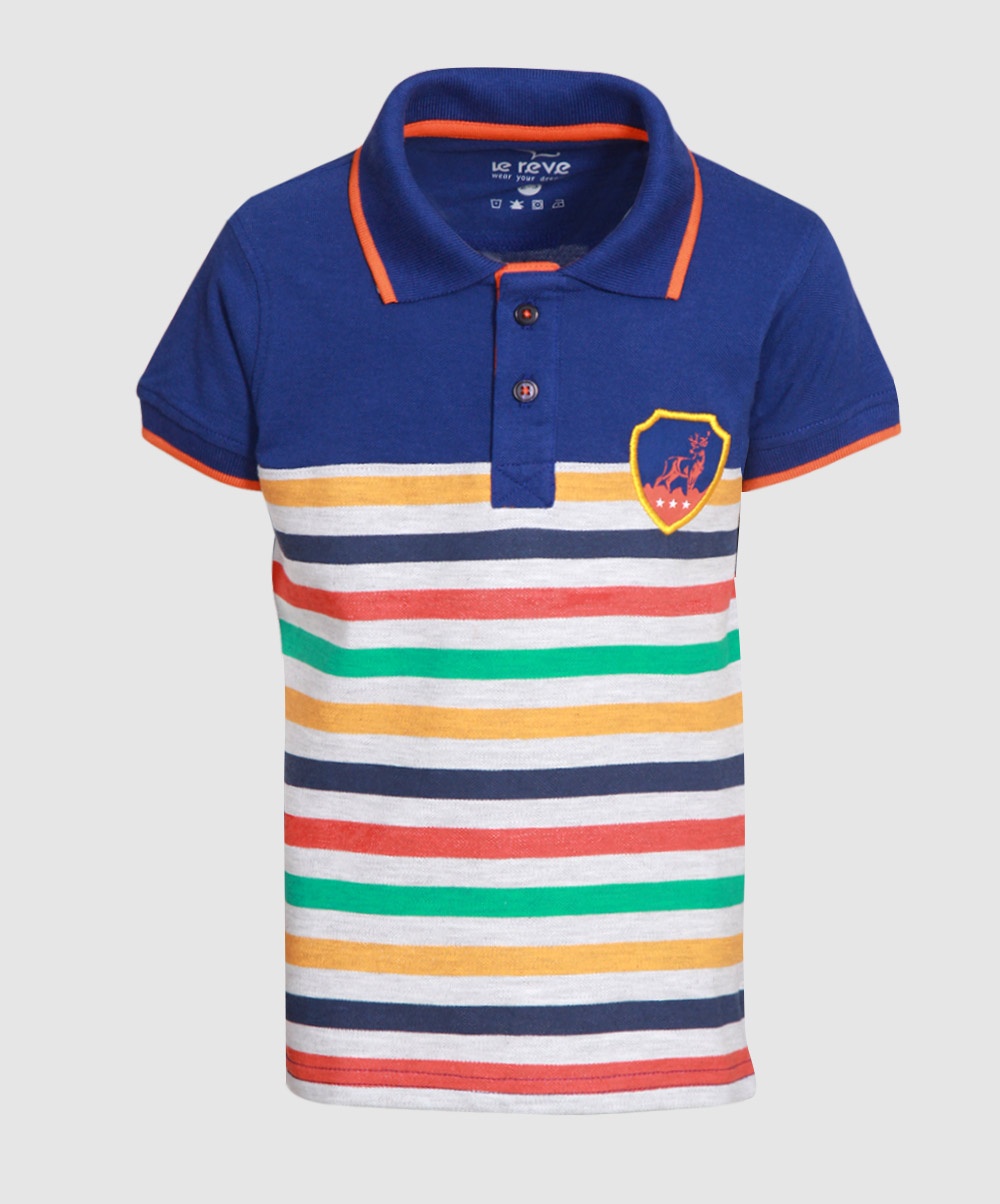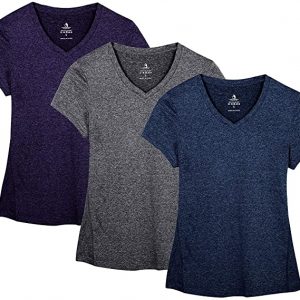Description
It is a form of shirt with a collar, a placket neckline with three buttons, and an optional pocket. it should be buttoned to the top and are usually short sleeved; they were originally used by polo players during the 1920s. … A dress-length version of the shirt is called a polo dress.
an informal style of cotton shirt, with short sleeves, a collar, and some buttons at the neck
Until the beginning of 20th century polo players wore thick long-sleeve shirts made of Oxford-cloth cotton.[11] This shirt was the first to have a buttoned-down collar, which polo players invented in the late 19th century to keep their collars from flapping in the wind (Brooks Brothers‘ early president, John Brooks, noticed this while at a polo match in England and began producing such a shirt in 1896).[11][12]
Brooks Brothers still produces this style of button-down “polo shirt”.[11] Still, like early tennis clothing, those clothes presented a discomfort on the field.
In 1920, Lewis Lacey, a Canadian (born of English parents in Montreal, Quebec in 1887) haberdasher and polo player, began producing a shirt that was embroidered with an emblem of a polo player, a design originating at the Hurlingham Polo Club near Buenos Aires.[13] The definition of the uniform of polo players – the polo shirt and a pair of white trousers – is actually a fairly recent addition to the sport. Until the 1940s shirts were generally very plain, with no numbers, writing or logos. When necessary, numbers (ranging from 1 – 4) were simply pinned on to the back of the player’s shirts a few minutes before the start of a match. To differentiate the polo teams from one another, some polo shirts had horizontal stripes, others bore diagonal coloured stripes.
In 1972, Ralph Lauren included his “polo shirt” as a prominent part of his original line thereby helping further its already widespread popularity.[14] While not specifically designed for use by polo players, Lauren’s shirt imitated what by that time had become the normal attire for polo players. As he desired to exude a certain “WASPishness” in his clothes, initially adopting the style of clothiers like Brooks Brothers, J. Press, and “Savile Row“-style English clothing, he prominently included this attire from the “sport of kings” in his line, replete with a logo reminiscent of Lacoste’s crocodile emblem, depicting a polo player and pony.






Reviews
There are no reviews yet.